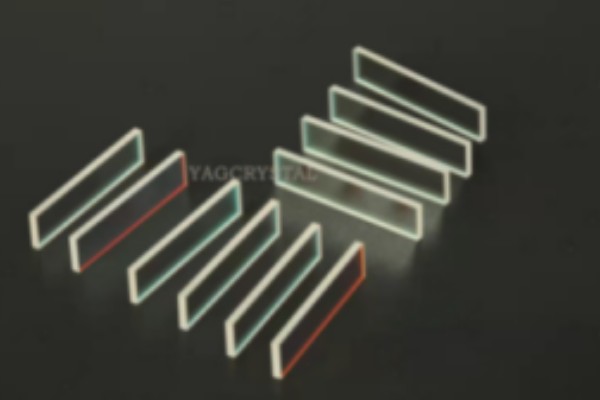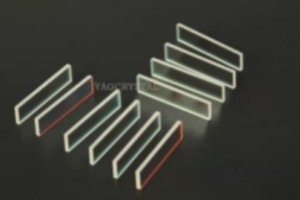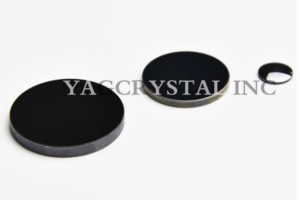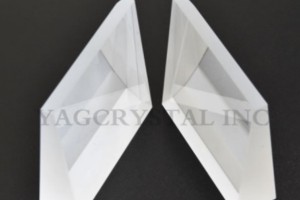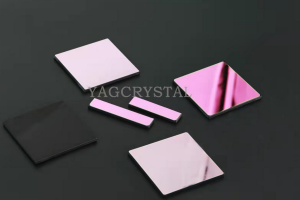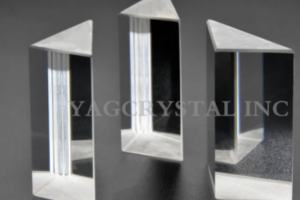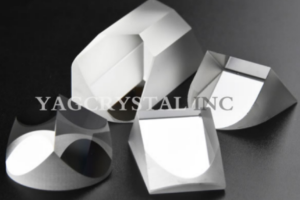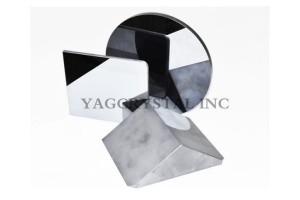Sapphire Windows–good Optical Transmittance Characteristics
Product Details
Sapphire is used as a light guide for immersion infrared spectroscopy and also for Er:YAG laser delivery at 2.94 µm. Sapphire has excellent surface hardness and transmittance extending from the ultraviolet to the mid-infrared wavelength region. Sapphire can only be scratched by a handful of substances other than itself. Uncoated substrates are chemically inert and insoluble in water, common acids or bases up to about 1000°C. Our sapphire windows are z-sectioned so that the c-axis of the crystal is parallel to the optical axis, eliminating birefringence effects in transmitted light.
Sapphire is available as coated or uncoated, the uncoated version is designed for applications in the 150 nm - 4.5 µm range, while the AR coated version with AR coating on both sides is designed for 1.65 µm - 3.0 µm (-D) or 2.0 µm - 5.0 µm (-E1) range.
Window (Windows) One of the basic optical components in optics, usually used as a protective window for electronic sensors or detectors of the external environment. Sapphire has excellent mechanical and optical properties, and sapphire crystals have been widely used. The main uses include wear-resistant components, window materials, and MOCVD epitaxial substrate materials, etc.
Application Fields
It is used in various photometers and spectrometers, and is also used in reaction furnaces and high-temperature furnaces, sapphire observation windows for products such as reactors, lasers and industries.
Our company can provide sapphire circular windows with a length of 2-300mm and a thickness of 0.12-60mm (accuracy can reach 20-10, 1/10L@633nm).
Features
● Material: Sapphire
● Shape tolerance: +0.0/-0.1mm
● Thickness tolerance: ±0.1mm
● Surface type: λ/2@632.8nm
● Parallelism: <3'
● Finish: 60-40
● Effective aperture: >90%
● Chamfering edge: <0.2×45°
● Coating: Custom Design


